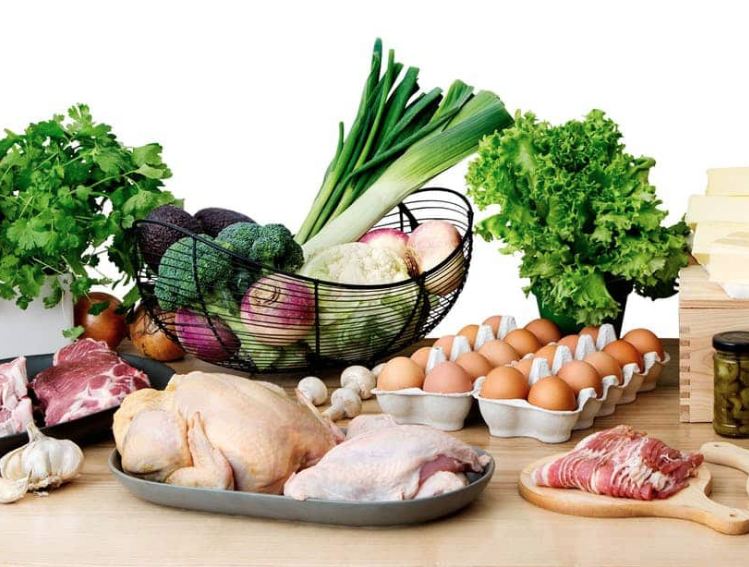Archives
- Home
- News
- Posts
- Agri Orbit
- Food price inflation hits highest level since 2017
Food price inflation hits highest level since 2017
- Agri Orbit
-
Aug 25
- Share post


The higher agricultural commodity prices we’ve observed in the months since Russia invaded Ukraine continue to filter into the food price inflation data. Moreover, the higher fuel price inflation since the start of the conflict is an additional cost driver of food prices.
The data released recently by Statistics SA shows that in July 2022, the consumer food price inflation accelerated by 10,1% year-on-year (y/y), from 9,0% y/y in the previous month. This is the fastest pace since January 2017, which was a drought period in agriculture where costs were driven by higher agricultural commodity prices.
The higher global grains and oilseed prices for much of the first half of this year have been the drivers of the costs of bread and cereals and oils and fats in the consumer food price inflation basket. These are also products with a relatively higher weighting within the food basket.
For example, within the food basket, the key products are meat (35%), bread and cereals (21%), milk, cheese and eggs (17%), vegetables (8%), sugar, sweets and desserts (4%), oils and fats (3%), and fruit (2%). The grains and oilseeds prices, which have been the major drivers of the surge in inflation, are starting to soften and this shows in the global indices.
In fact, the Food and Agriculture Organization’s Global Food Price Index averaged 140,9 points in July 2022, down by 9% from June. This was the fourth consecutive monthly decline, led by the drop in the prices of grains and oilseeds.
These global developments are starting to show in South Africa (SA), and the lag could also reflect on the consumer food price inflation data in the coming months. Therefore, we suspect this might be a peak in the domestic food consumer price inflation. In the case of fruits and vegetables, SA has a sizable harvest and the disruption in fruit exports within the Black Sea and the European Union could add downward pressure on domestic prices.
This bodes well for the consumer in the near term (and the opposite is true for the farmers). The one essential product of which the price trend remains uncertain is meat. The outbreaks of foot-and-mouth disease have led to the temporary closure of some key export markets for the red meat industry.
Red meat prices to surge
Ordinarily, this would add downward pressure on prices as it implies that we would see an increase in domestic meat supplies. But this time around, the spread of the outbreak is vast, to an extent that we might see a decline in slaughtering in major feedlots, which would ultimately keep red meat prices at relatively higher levels; the opposite of what we initially anticipated.
This remains uncertain and we will closely monitor the monthly slaughtering activity. Positively, the suspension of the anti-dumping duties for poultry products could help contain the potential price increases in this product, at least in the near term. Still, the broad meat price trend will be dependent on the developments in the beef market. Overall, as in the previous months, various factors in the SA food market will likely push in opposing directions in the coming months.
Still, SA will likely remain an exception from the world, with food price inflation contained at relatively lower levels than most regions of the world. Importantly, the coming months could show moderation from the level we saw in July. – Wandile Sihlobo, Agbiz





